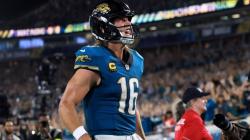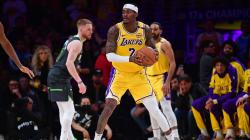Are NBA Streams Replacing Cable? Here’s What You Need to Know
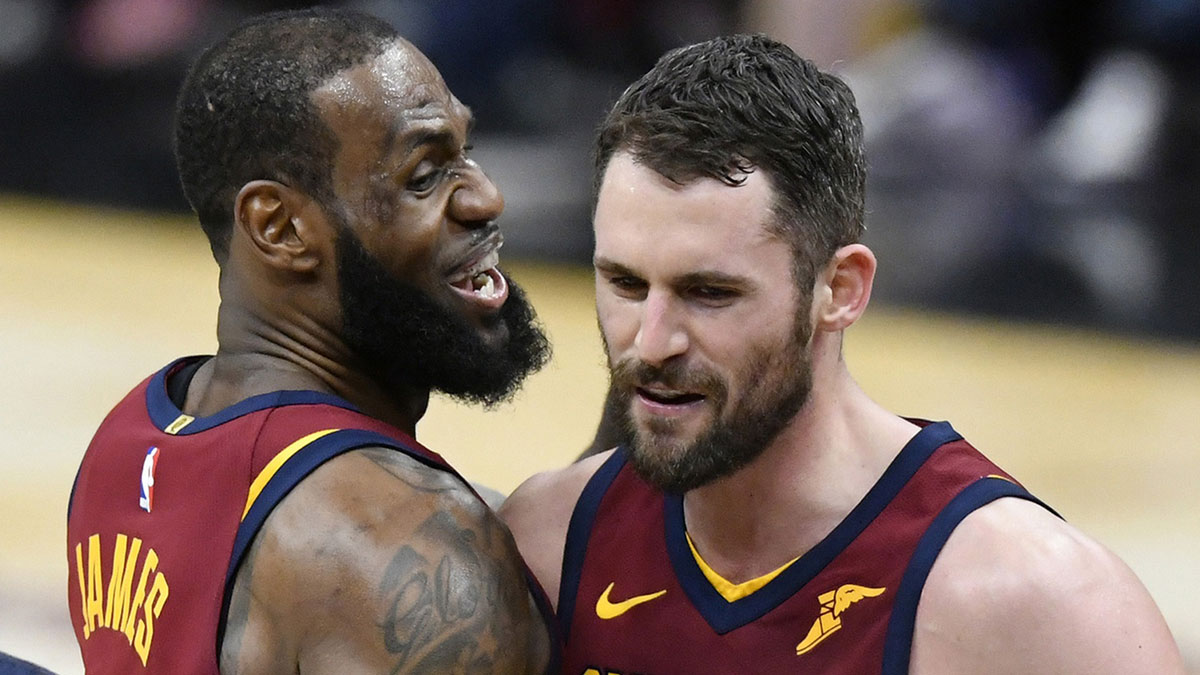
The Changing Way Fans Watch the NBA
For decades, cable TV was the undisputed king of live sports. Watching an NBA game meant tuning into ESPN, TNT, or your local sports channel. But over the past few years, the rise of NBA streams has completely reshaped how fans consume basketball. From Reddit forums to specialized streaming platforms, millions of viewers now prefer to watch games online — often for free and with the flexibility cable just can’t match.
So, the question is no longer if NBA streams are replacing cable, but how fast it’s happening and what it means for the future of basketball broadcasting.
Accessibility and Convenience Lead the Shift
The biggest factor driving the popularity of NBA streams is convenience. With streaming, fans can watch games anytime, anywhere — on phones, tablets, laptops, or smart TVs. Unlike cable subscriptions that tie viewers to a television set, streaming allows you to catch the game even on the go.
Additionally, many streaming sites and platforms offer on-demand replays, highlights, and full-game recaps. This flexibility gives fans more control over how and when they watch, something traditional TV has always struggled to provide.
Cost: The Game-Changer
Cable packages are notoriously expensive. Between sports networks, HD fees, and regional restrictions, watching every NBA game can easily cost hundreds of dollars per year. In contrast, online NBA streams — both official and unofficial — are often free or far more affordable through services like NBA League Pass, Sling TV, or YouTube TV.
Even though the free streaming route can come with risks (like pop-ups or unreliable links), many fans find it hard to justify paying premium cable rates when they can stream the same game online with minimal hassle.
Global Reach and Fan Engagement
NBA streaming has also expanded the league’s global fan base. Viewers from regions without traditional broadcasting rights can now tune in to live games, breaking geographical barriers that once limited exposure.
Social media platforms have also amplified the experience — fans stream, chat, and share highlights in real-time. This sense of community and interactivity is something cable TV can’t replicate.
The League’s Response to Streaming Trends
The NBA has been quick to adapt. Recognizing the growing demand for flexible viewing, the league introduced NBA League Pass, an official streaming service that offers live and on-demand games worldwide.
While some fans still rely on free alternatives, the NBA’s own platform has improved significantly in quality and reliability, signaling that even the league understands that streaming is the future.
The Downsides of NBA Streams
That said, not all streaming experiences are perfect. Free streaming sites often suffer from poor quality, unstable links, and intrusive ads. There’s also the issue of legality — not all streams operate within official broadcasting rights.
For those who value high-definition quality, reliability, and legality, cable still offers peace of mind. However, the gap between cable and streaming quality continues to shrink every season.
The Verdict: A Gradual Takeover
So, are NBA streams replacing cable? In many ways, yes — but it’s not a total knockout just yet. Cable remains relevant for die-hard fans who prefer a stable, official broadcast experience. Yet, the steady growth of streaming platforms, combined with fan demand for accessibility and affordability, suggests that the future of watching NBA games lies firmly online.
In the end, it’s about choice. Cable may still hold a spot in some households, but NBA streams have already won the hearts (and screens) of the next generation of basketball fans.

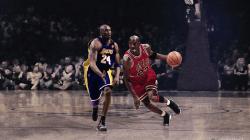
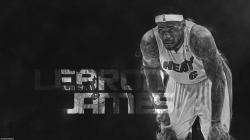

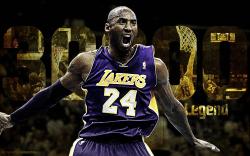
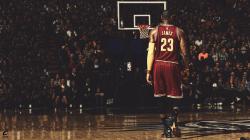

_thumb.jpg)
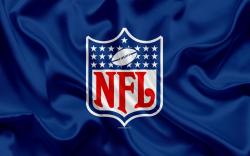

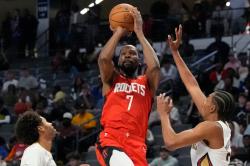
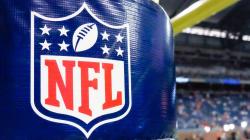


_thumb.jpg)

